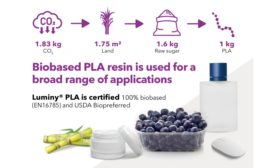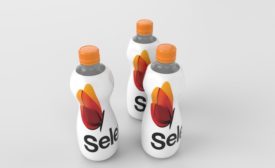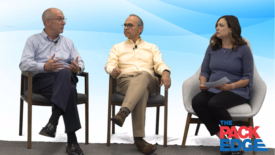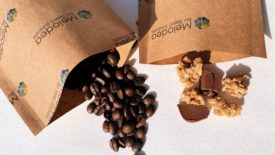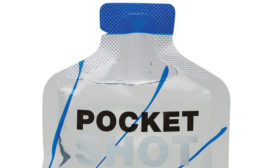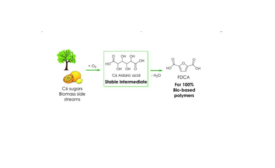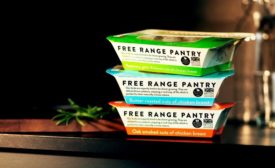Home » Keywords: » bioplastics
Items Tagged with 'bioplastics'
ARTICLES
PMMI VIDEO SERIES
The PACK EDGE | Episode 3
Unpacking Cutting Edge Trends in Packaging & Processing
August 29, 2022
Keep the info flowing with our eNewsletters!
Get the latest industry updates tailored your way.
JOIN TODAY!Copyright ©2025. All Rights Reserved BNP Media.
Design, CMS, Hosting & Web Development :: ePublishing




